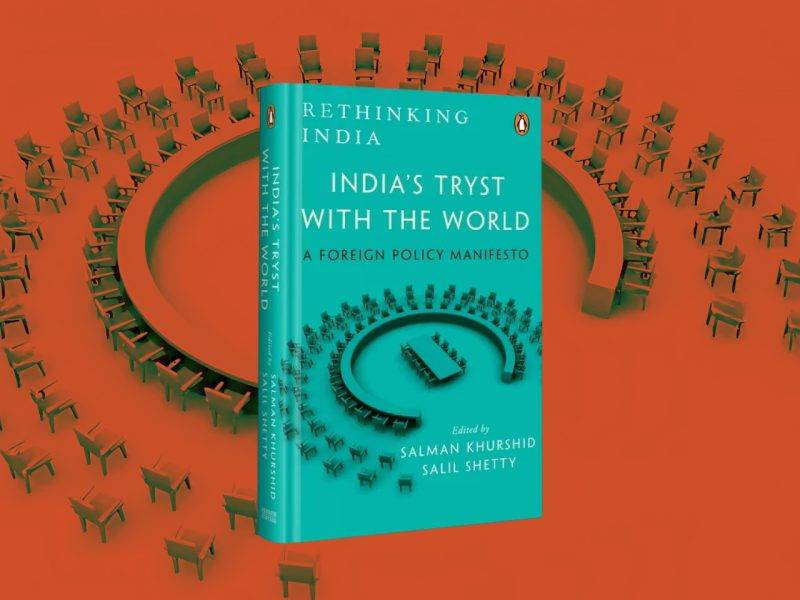Counting and Controlling Population Postal Services & Family Planning in Post-colonial India, 1951-2011

Details
Jan 27 2023 to Jan 30 2023 midnight
EVENT HAS ENDED
Where
Bangalore International Centre
7 4th Main Rd, Stage 2, Domlur 560071
Event Description
One of the first challenges facing most newly independent states was to make themselves statistically legible to their own citizens as well as the world. India enacted a law to govern headcounts, the Census Act, 1948, two years before the adoption of its constitution in 1950. Later, the constitution made human population census a sine qua non of power and resource sharing at all levels. The nascent post-colonial state, though, valued the census for another reason as well. The ability to successfully execute a large-scale ‘modern’ and ‘scientific’ administrative exercise that involved ‘extensive use of technology’ was integral to India’s self-imagination as a modern democracy. But creating awareness about this crucial exercise was a challenging task in early post-colonial India with low literacy rates and limited means of communication. The government relied on postal networks to advertise the census. When population control emerged as a key policy goal in the mid-1960s, postal networks began to be simultaneously used to ask people how many they were as well as tell them how many they ought to be. This exhibition throws light on the use of postal networks between 1951 and 2011 to spread the word about census, registration of births and deaths and population control. It puts together a novel philatelic archive to uncover the conceptual as well as linguistic and graphic shifts in the use of postal networks that reflect the changing approach of the government vis-à-vis population. In doing so, the exhibition presents philatelic archives as a valuable s-ource of information about the post-colonial state and its statistical practices in India. The exhibition will be inaugurated on January 27th, at 6 pm by Dr. C. Rangarajan, former RBI governor. This will be followed by Mr. Vikas Kumar’s curatorial comments and Q&A with the audience.




















